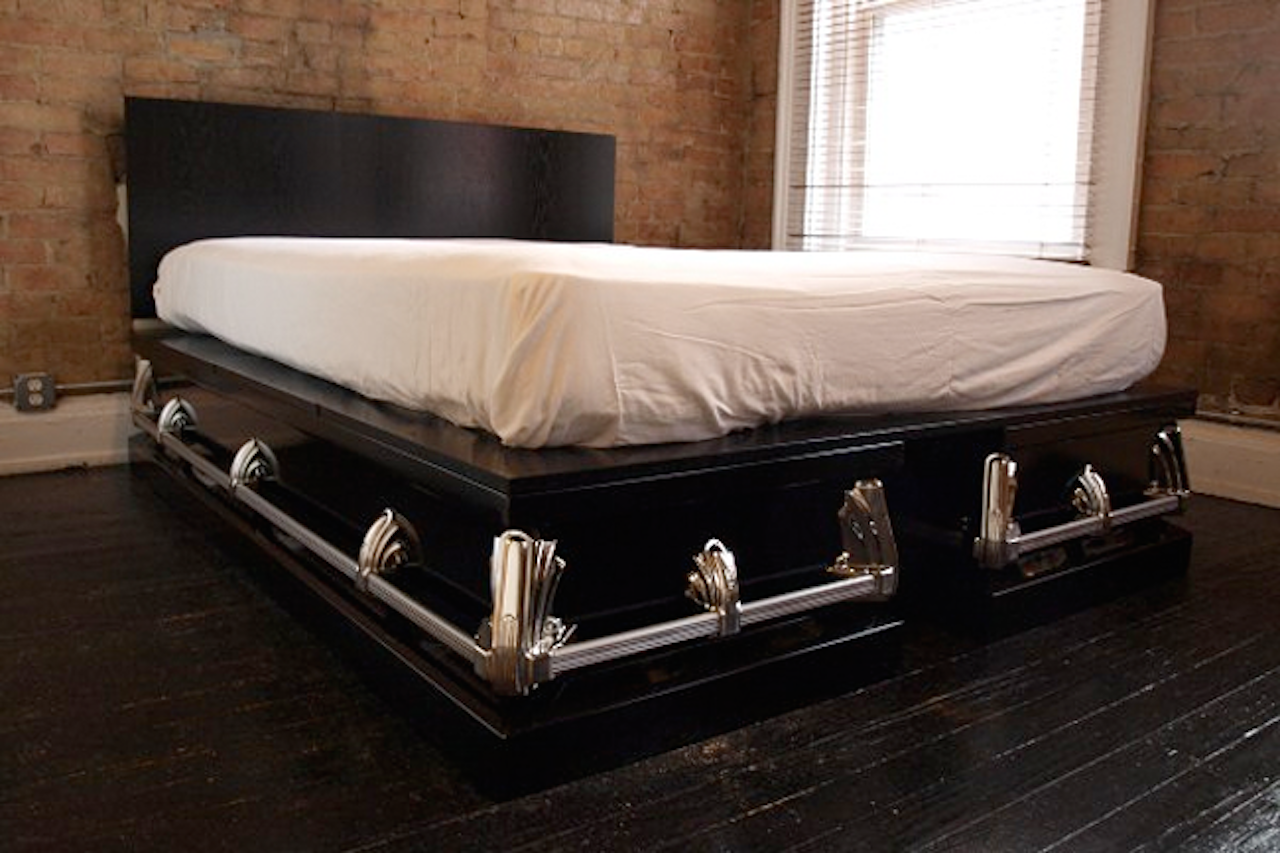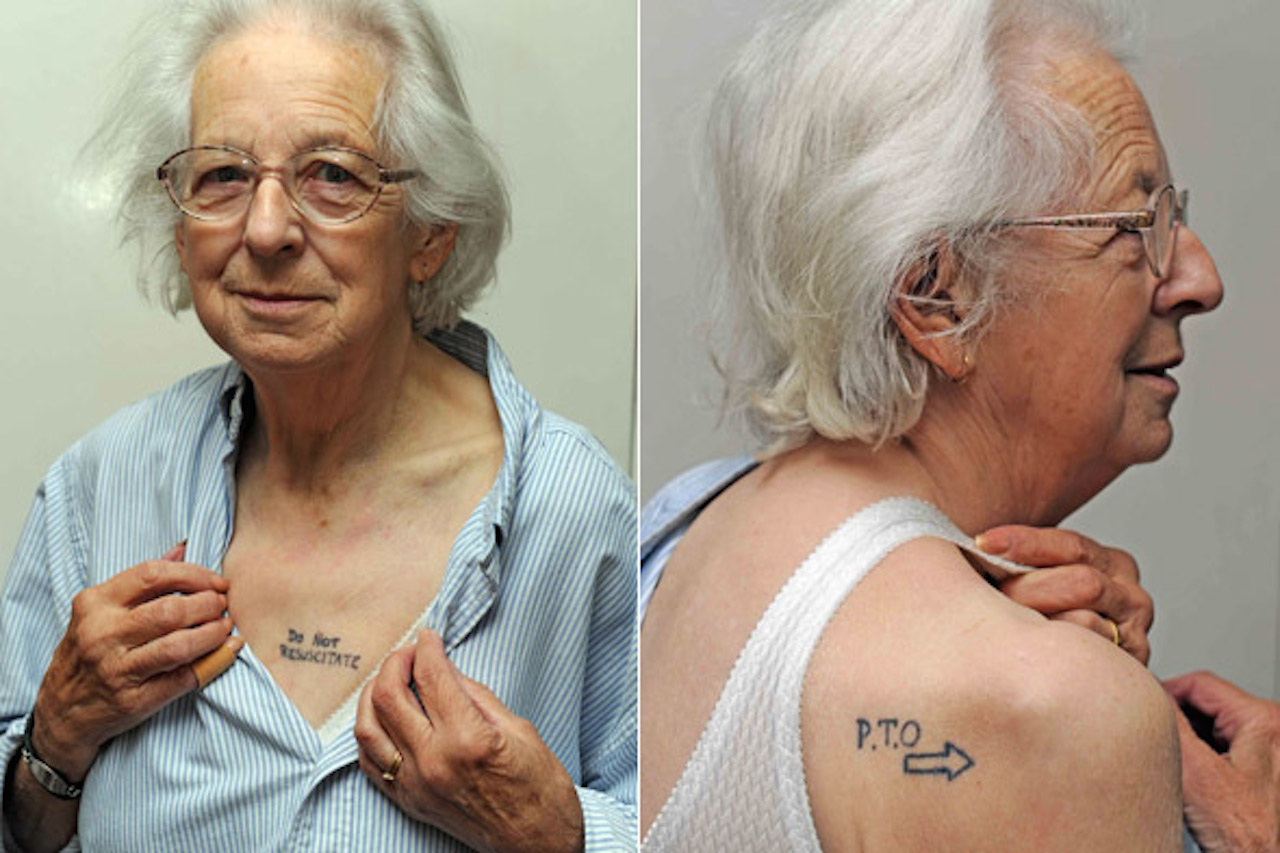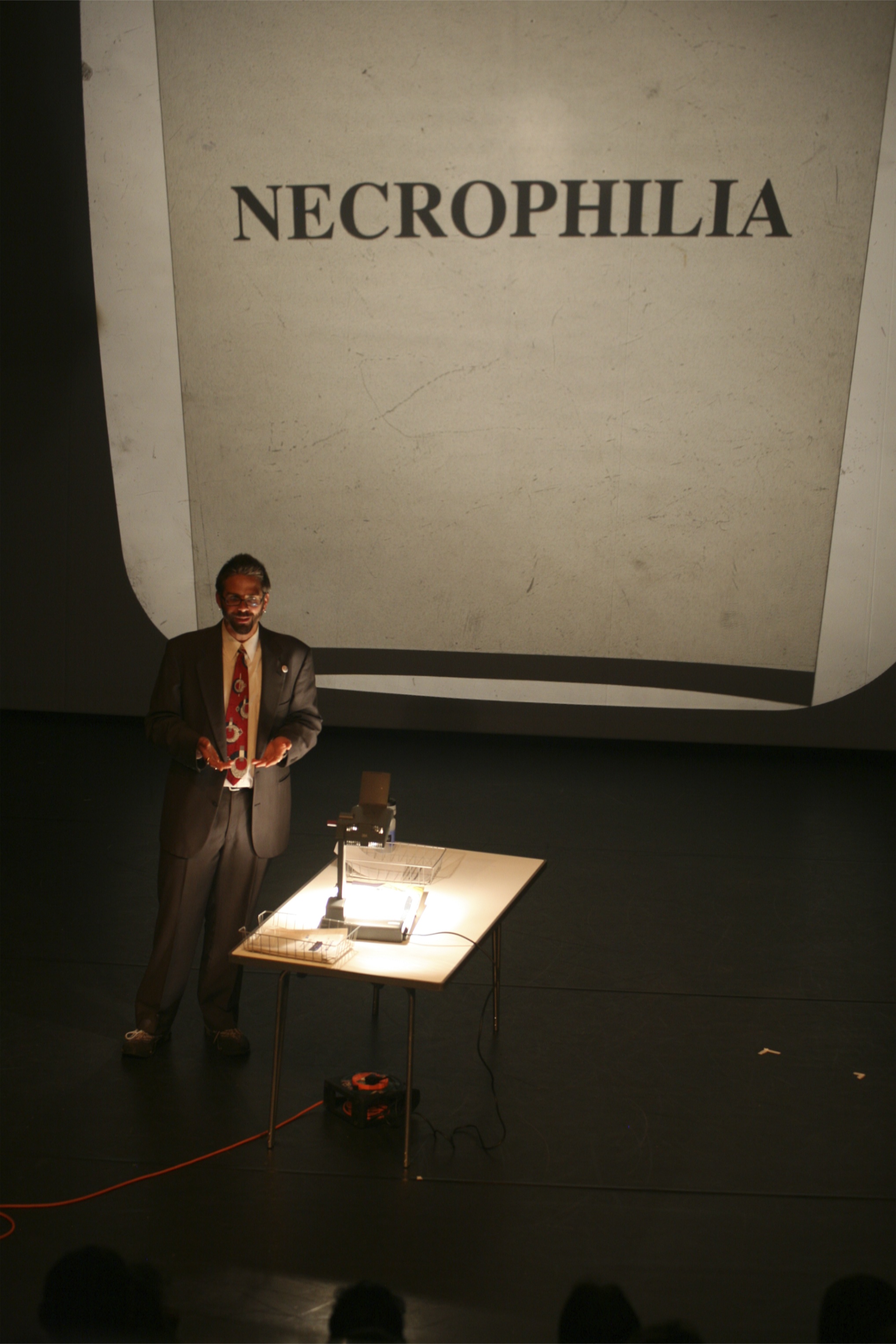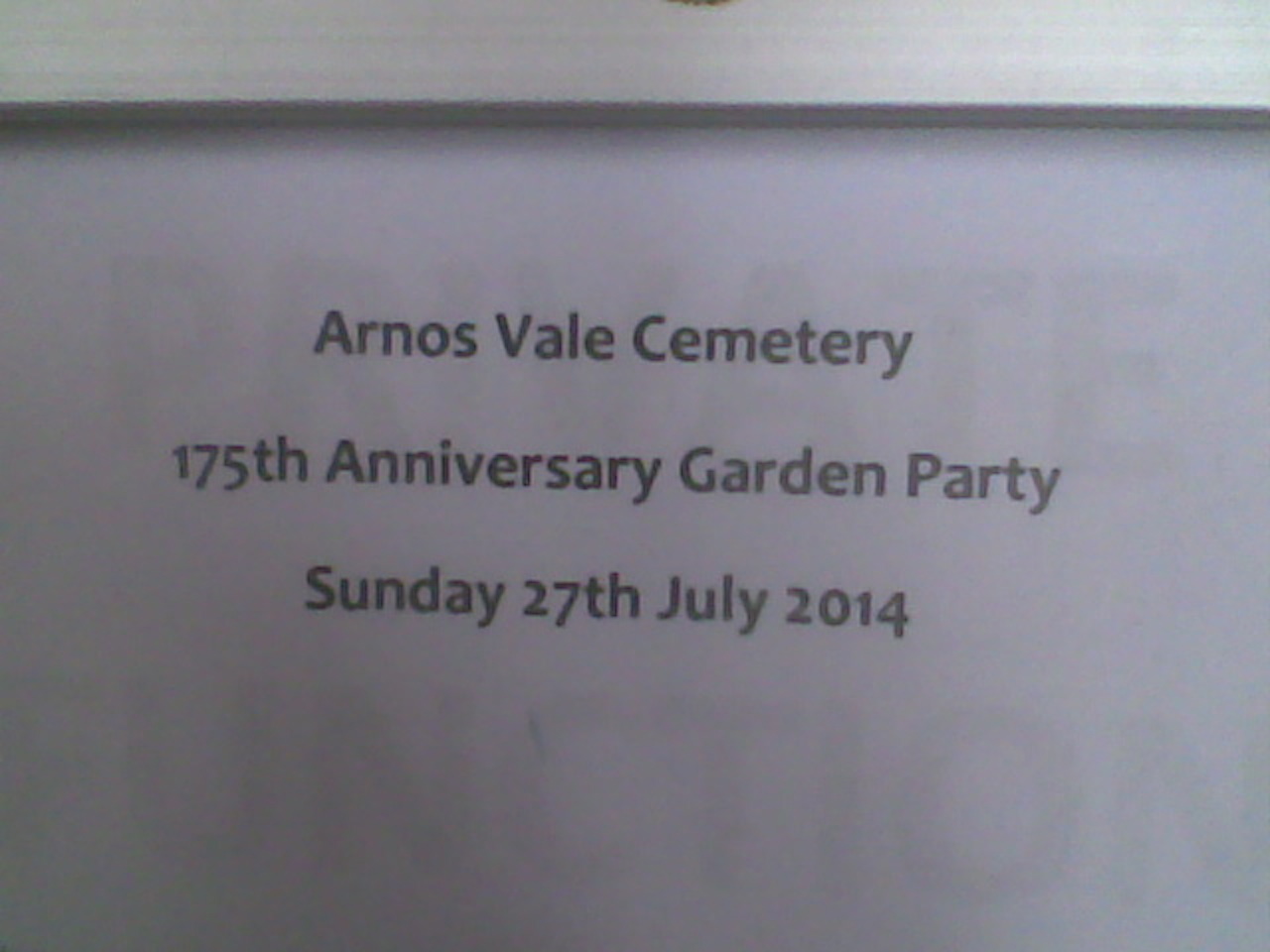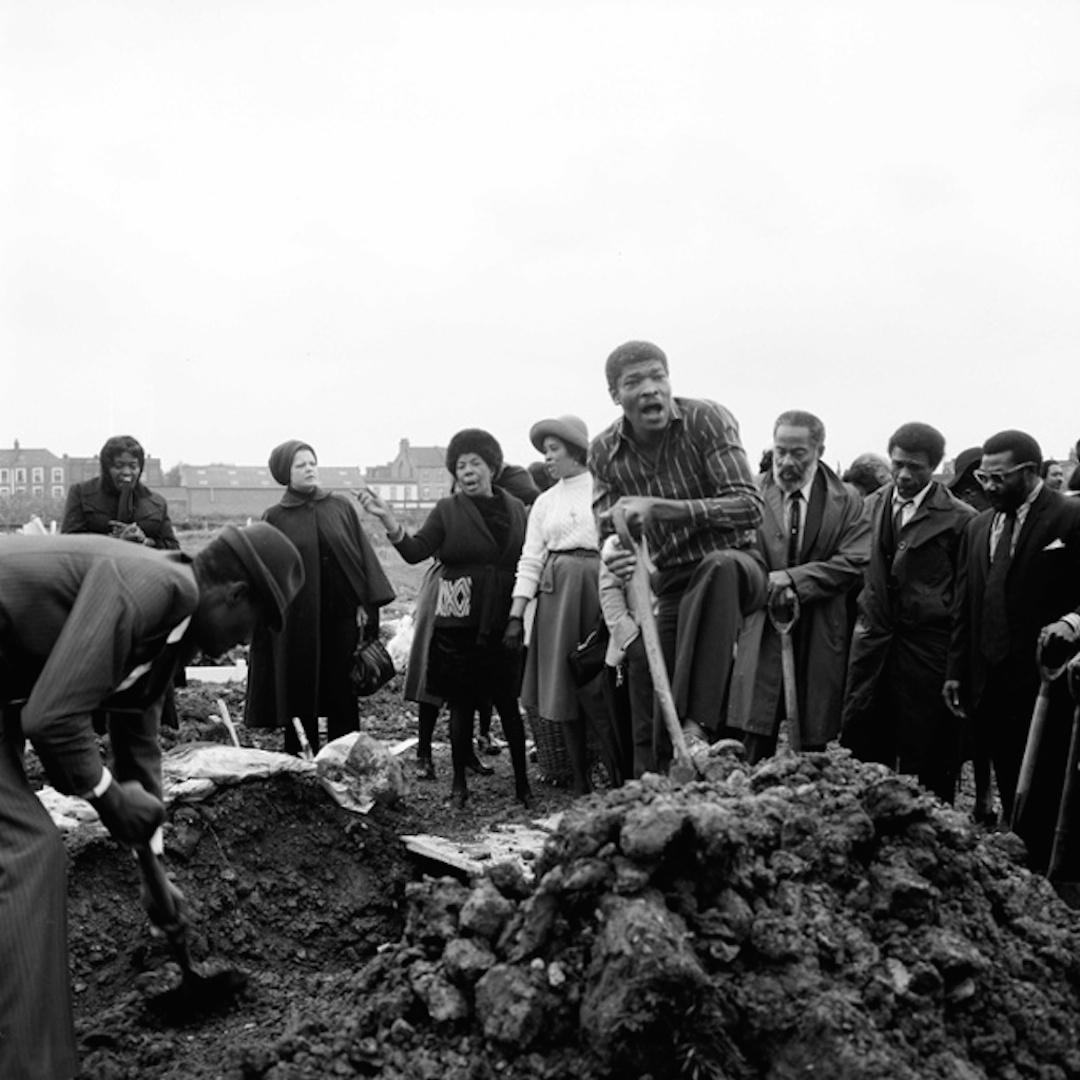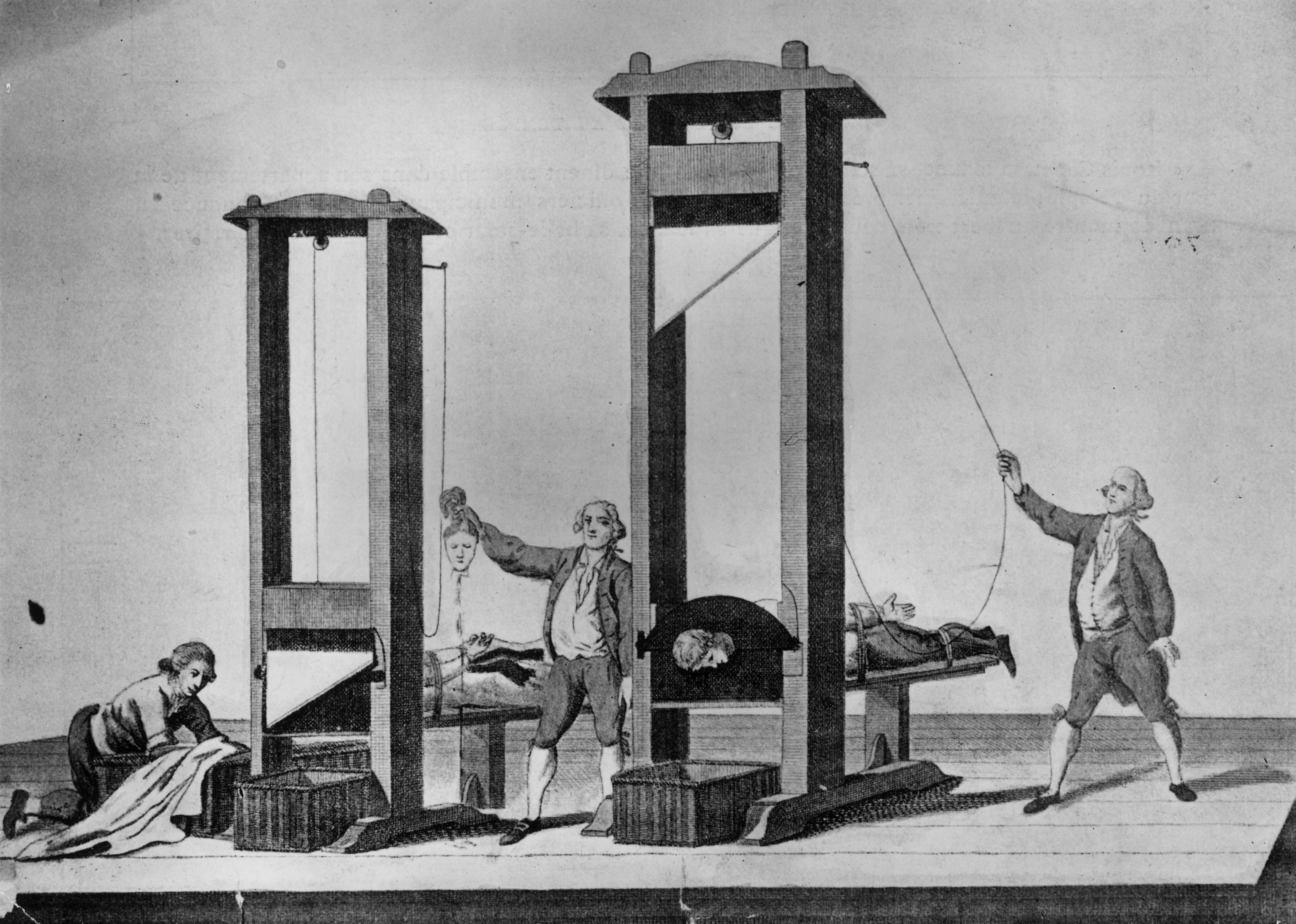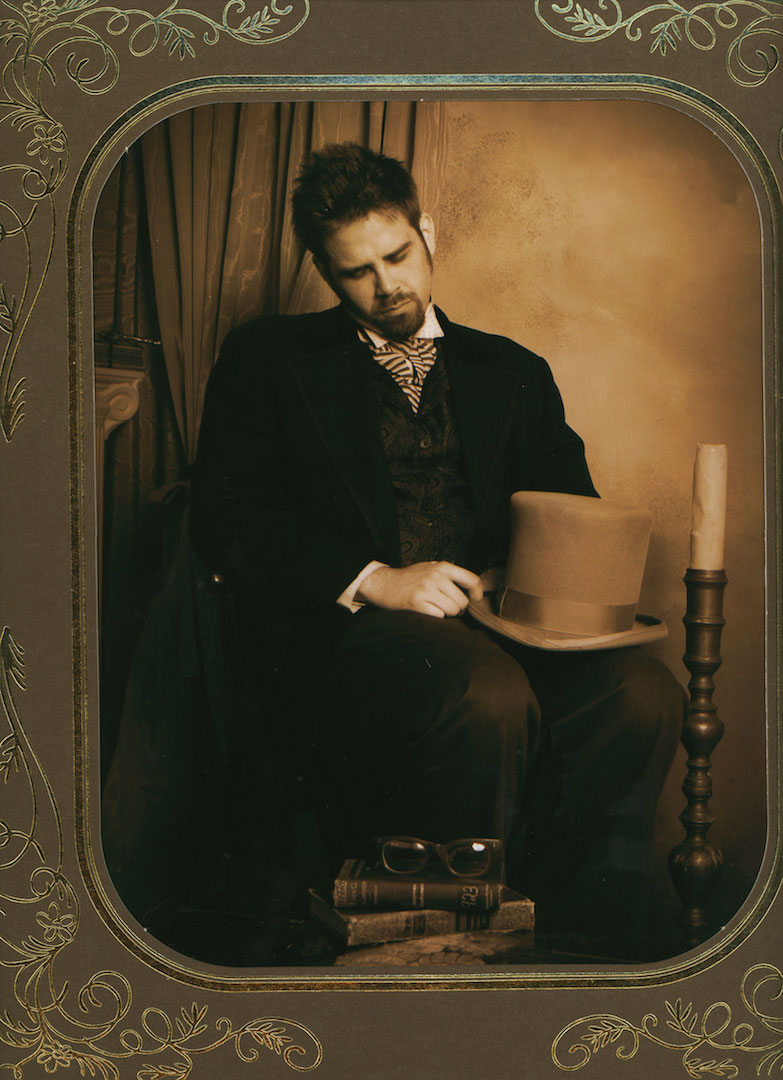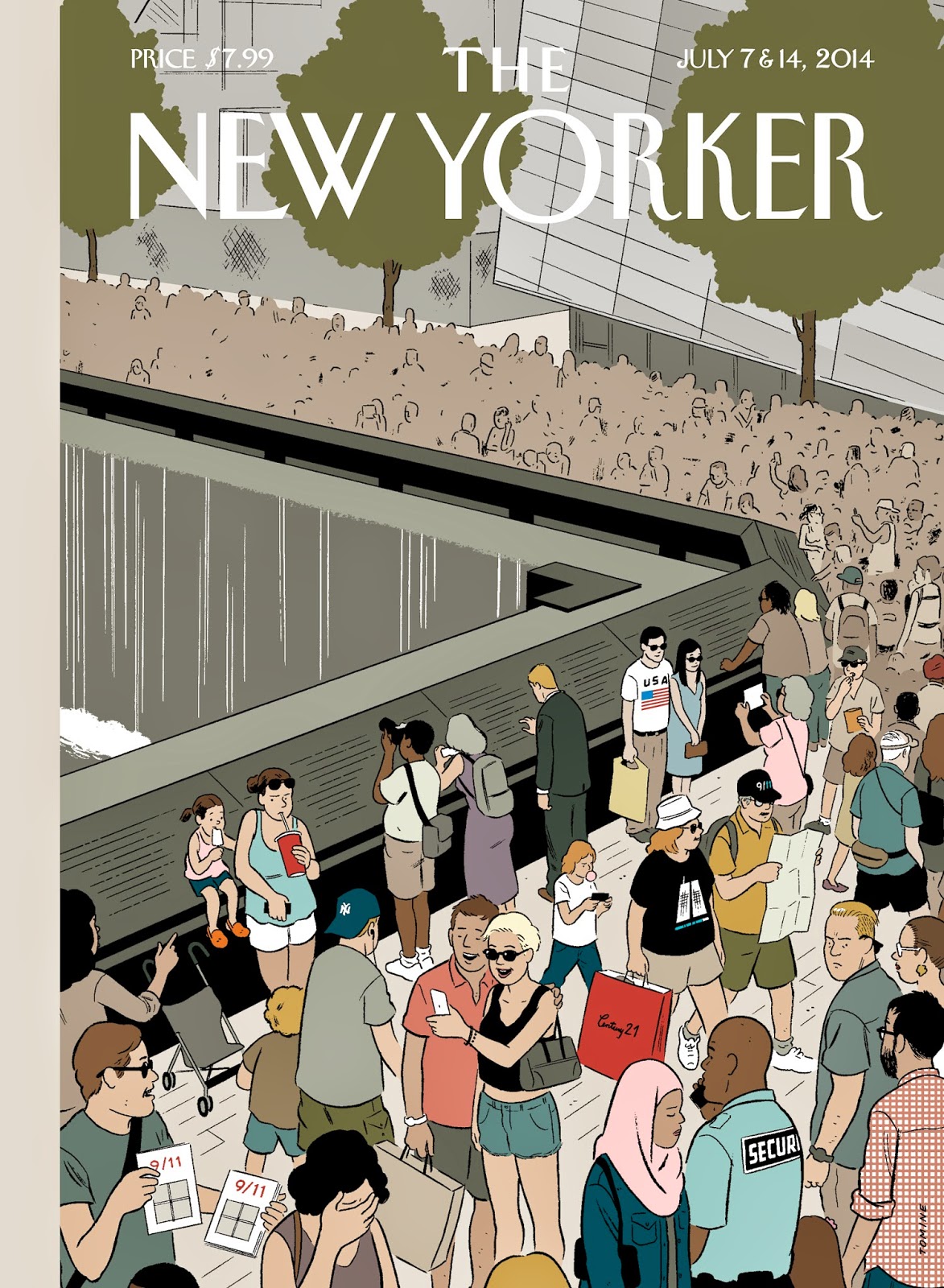Selfies from the 9/11 Memorial
Leah Finnegan, The Awl (July 21, 2014)
Let us begin Day 22 of the 31 Days of Death posts with an immediate thought: Of course people are taking Selfies at the 9/11 Memorial. Even if photography was banned at the site, people would still sneak Selfies. Why? Because the expression ‘photos or it didn’t happen’ is both a joke and a serious sentiment. How does a person document, not just a visit to a place, but actually show that he or she was really, truly in that specific spot? Answer: with a Selfie; the kind of photo that an individual can autonomously take without having to ask a complete stranger (since that would be weird) to snap a picture.
You want proof that I personally experienced this amazing unforgettable Memorial space? Then here you go– a Selfie of me #standingstrong.
The entire reason that this is a story, and analysed extremely well by Leah Finnegan on The Awl, is the 9/11 Memorial’s inclusion. But for the events of September 11, 2001 and the ensuing struggle to actually build a memorial in lower Manhattan, these Selfies could be in almost any major city’s downtown landscape featuring enormous urban waterfalls.
I have a hunch that the 9/11 Memorial Selfies story is going to unleash a fury of responses, not unlike last year’s Selfies at Funerals brouhaha (which Death Ref covered in-depth).
After a while, then, the shouting (or really really really self-righteously indignant tweeting) will cease and people will continue taking Selfies at the 9/11 Memorial. Until people stop visiting the Memorial and even forget why it’s there. This won’t occur in my lifetime, but it will most certainly happen. #nofilter
The Memorial and Museum have both come under criticism for many different reasons. I visited the 9/11 Memorial site in April 2014 (alas, no Selfies…) and it’s a memorial, yes, but a memorial surrounded by a police state. The metal detectors, the armed police officers watching the crowds hustled through entrance areas surrounded by barbed wire, and the high metal fences that encase the entire site in an unwelcoming embrace are my strongest memories.
When the 9/11 Museum opened this spring it generated immediate criticism for daring to have a giftshop. Again, of course the 9/11 Museum has a giftshop. And even a Cafe.
In fact, I bet people take Selfies at the 9/11 Memorial and Museum Giftshop and Cafe. #NomNom!
New Yorker staff writer Adam Gopnik’s essay on the Memorial and Museum is one of the best pieces that I’ve read about the site’s complicated politics. I highly recommend it.
Adrian Tomine created the cover for that particular New Yorker issue (July 7 & 14, 2014) and calls it “Memorial Plaza.” The cover is at the top of the page and I think that I’m violating several copyright laws by using it, but Tomine truly captures the visual human experience of the 9/11 Memorial.
Indeed, a couple is taking a Selfie front and center. #NeverForget
